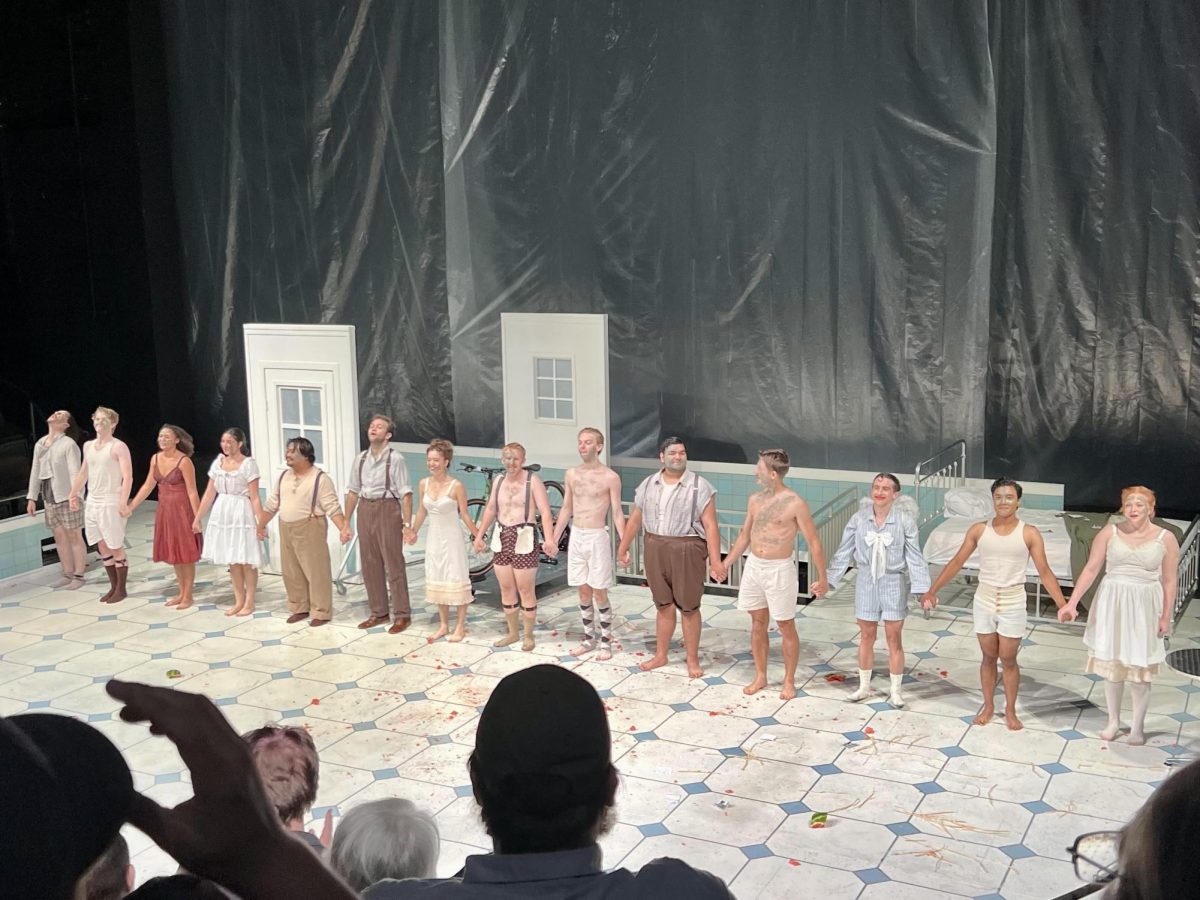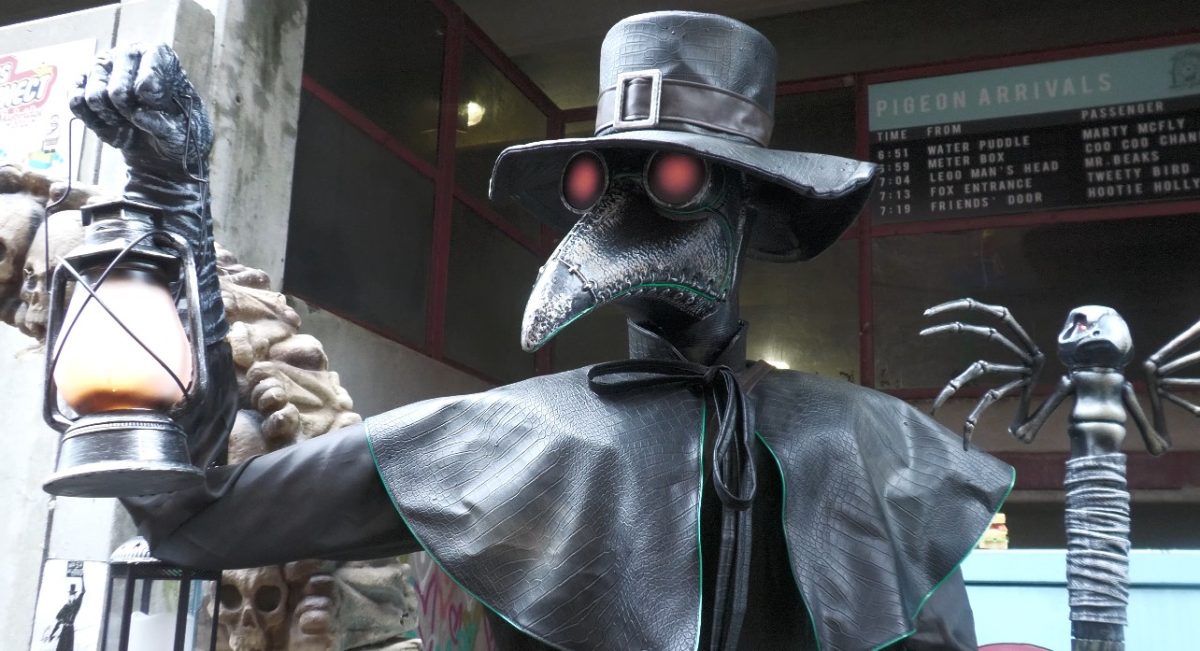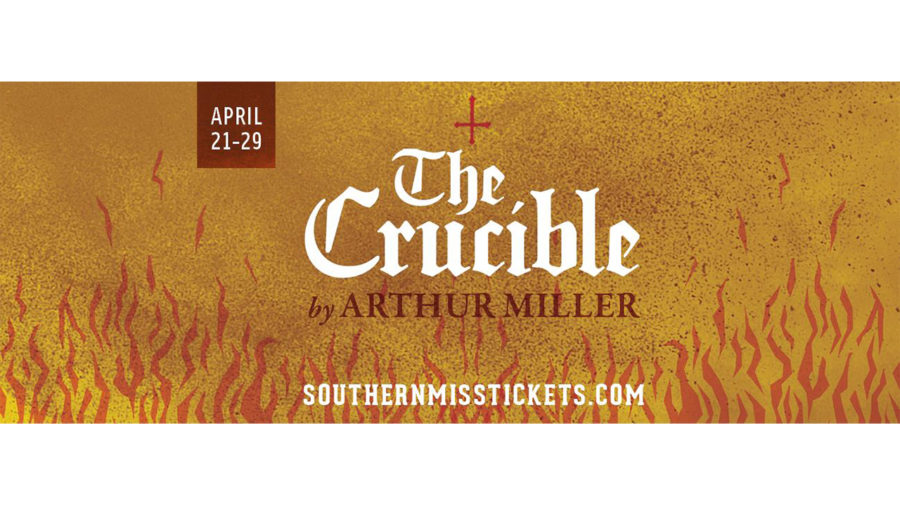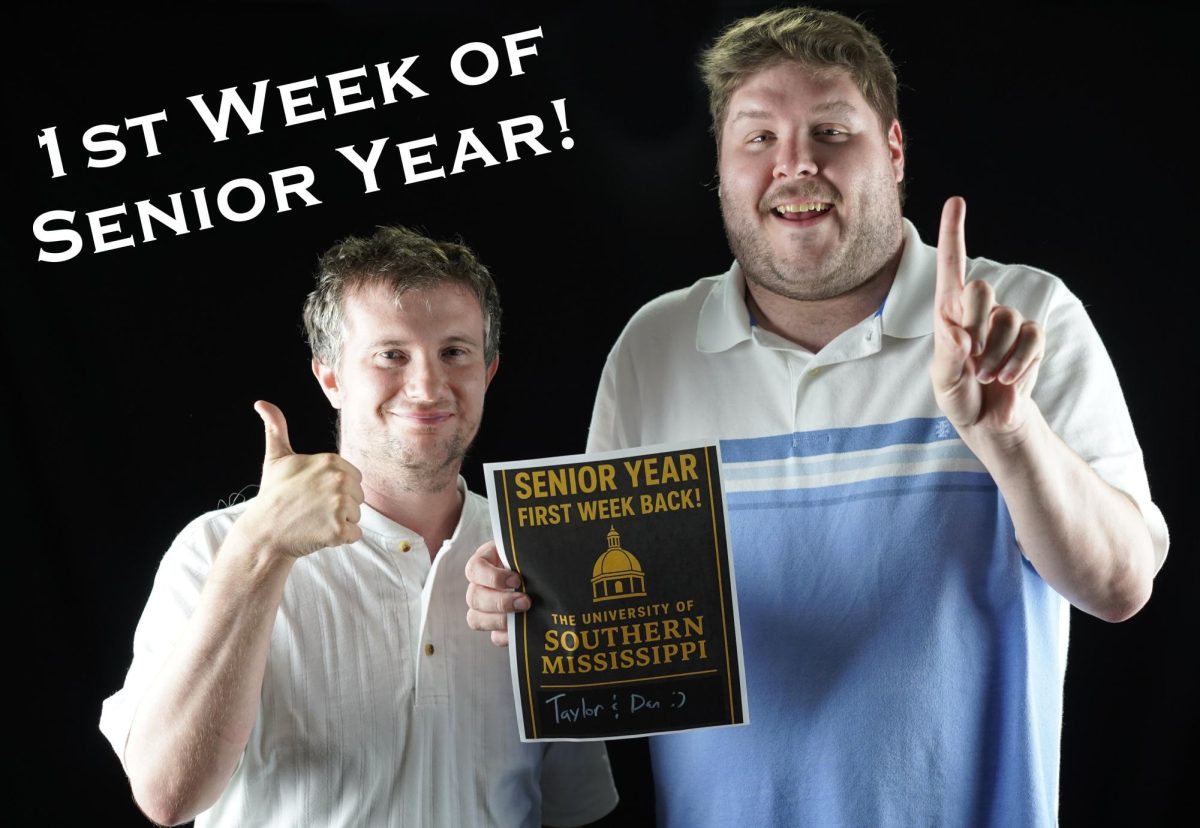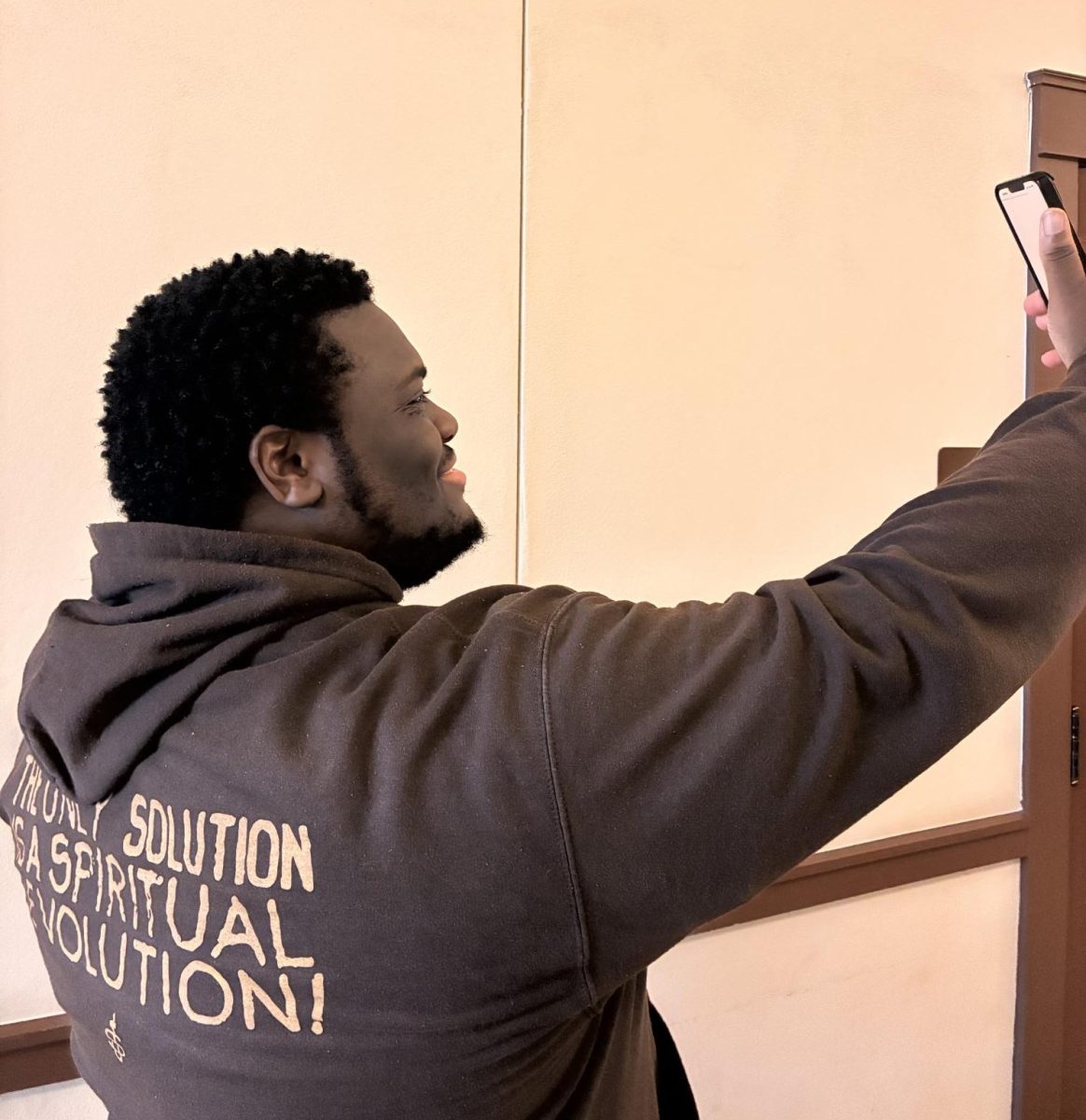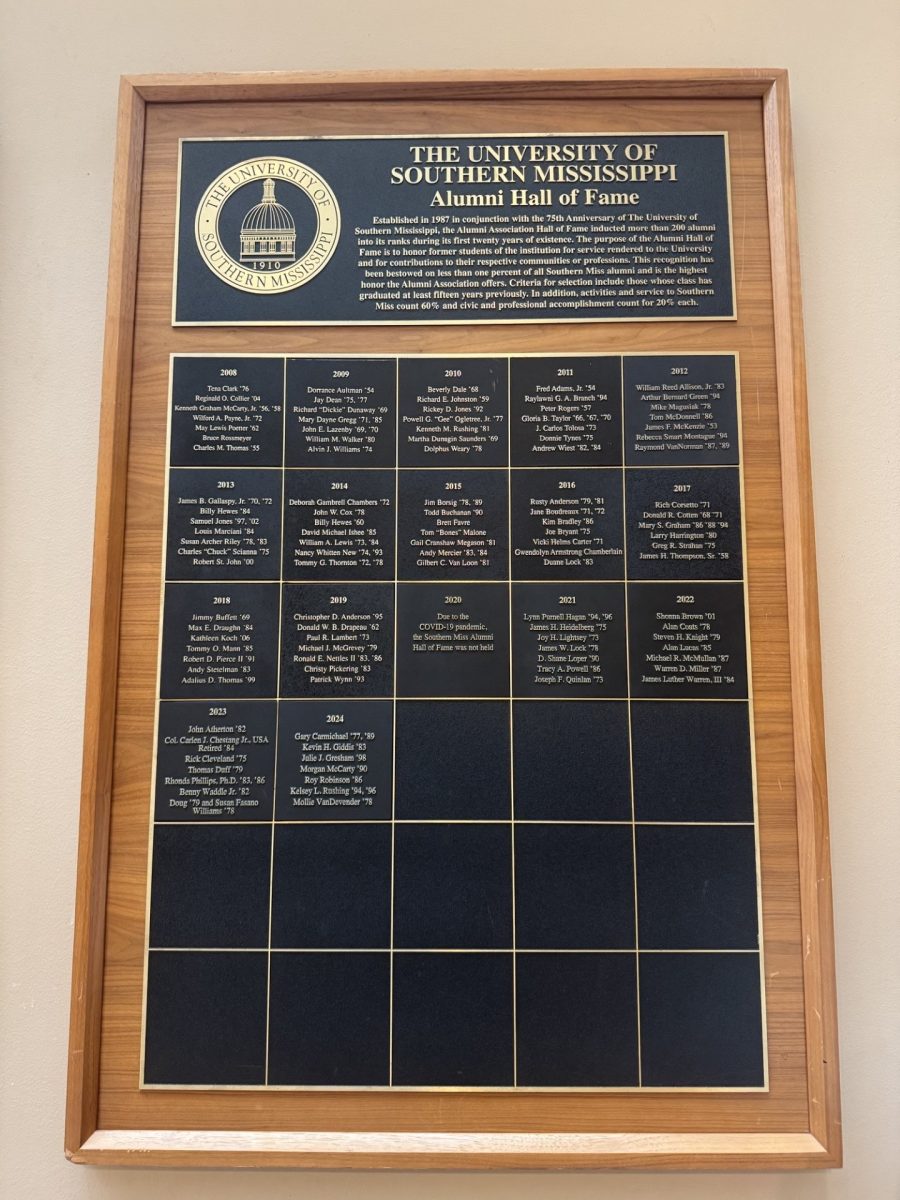The Department of Theatre presents Arthur Miller’s “The Crucible” at Martha Tatum Theatre. “The Crucible” is the third and final main stage performance for spring 2017. Director of “The Crucible” and theatre graduate student Corey Bradberry chose the American classic as part of his graduate thesis.
This is the acclaimed play’s second debut at the Martha Tatum Theatre since its 1999 production. According to Bradberry, “We did not reference the 1999 production, though some faculty members were around for the initial production, which opened our Tatum Theatre.”
Set in 1692 Salem, Massachusetts, “The Crucible” explores the partially fictionalized story of the Salem Witch Trials in a Puritan colony. The play is an allegory to 1950’s McCarthyism – a time engulfed with panic, accusations and paranoia.
Bradberry said “The Crucible” parallels to today’s political climate.
“Anyone watching ‘The Crucible’ will immediately spot its relevance to the national dialogue today,” Bradberry said. Even with the play’s setting in 1692, “certain lines erupt from actors’ mouths that you’d swear were written in response to headlines from this morning.”
Senior theatre performance students Jacob Thomas and Will Lovorn, who acted in “The Crucible,” commented on what they hope modern audiences learn from the play.
“I hope the audience leaves talking. Not just about the show, but the implications. And yes, I am speaking politically,” Thomas said. He referenced the allegory between today’s political setting to the 1690’s Salem Witch Trials. “I don’t have to say any names, but I know that in America in 2017, there are people with power taking advantage of our fears, exacerbating them even. ‘The Crucible’ encourages modern audiences, in my opinion, to really use our heads in the wake of fake news and ‘alternative facts.’”
Lovorn agreed with Thomas about how fake news instills fear in the masses.
“Today, it’s undeniable that fear –and conversely, fear mongering– is ever-present. You can’t scroll through Facebook or check the news without coming across something that invites fear, or at the very least, worry. ‘The Crucible’ lends us the tragic example of what happens when a group of people give in to such fear and paranoia; they collapse from the inside.”
“Corey is a wonderful director,” Lovorn said. “He’s extremely detail-oriented, and without his commitment to such intensive and detailed world building, we wouldn’t have the show we do.”
Thomas praised Bradberry’s in- depth research. “Our director… scheduled the entire first week of rehearsals for world building,” Thomas recounts. “He assigned us different research topics like the Puritan Era, the Witch Trials, The Red Scare, and modern witch trials to get a look at what was driving our characters.”
According to Thomas, the actors created their own “Puritan Ten Commandments,” setting them in the world of the play, instead of, “‘acting’ like we believe in witches.” This realism drove the cast’s acting.
Playing the character of Giles Corey, Lovorn states, “The main challenge I faced with this play was playing a character that is sixty-one years my senior.”
Lovorn said with the help of one of his directors, he conquered the age difference. “The main factor in portraying someone so advanced in years didn’t lie mainly in physicality, but rather in perspective,” Lovorn said. Lovorn emulated his character by, “letting [his] core strength go lax, and shifting all [his] weight to [his] heels, to simulate how precariously amanofthatagehastomoveto avoid falls and injuries.”
Thomas describes his characterization of Judge Hathorne as “quite the roller coaster.”
“My biggest challenge was balancing the history behind my role against the world Arthur Miller wrote, and making Hathorne a three-dimensional character.”
Director Corey Bradberry uses the verb “pull” to fuel the actors’ acting.
“One of [the characters] John Proctor’s lines is to accuse the court of ‘pulling down heaven and raising up a whore. The verb ‘pull’ became critical to our production, influencing the designs as well as the performances themselves,” Bradberry said. This word’s significance captures the spirit of the play for Bradberry.
“The actors incorporate a physical motif of ‘pulling’ through an outstretched prayer, very different than our clasped-hands notion of it today. They also work to pull the truth from each other,” Bradberry said.
Lovorn commented, “My favorite experience from this production was opening the show with my fellow collaborators and friends…It was a joy to open the show, and it’s been doubly that for every show since.”
“There’s no better feeling than going in and having fun with your friends…there is nothing like building a whole story and living in a different place and time with people who are committed to the same goal,” Thomas said.
“This production is killer, filled with top-notch talent that showcases the abilities of the USM Theatre Department at its peak,” Bradberry said.
Corey Bradberry has been directing for over 10 years. He will graduate in May with a Master of Fine Arts degree in Directing.
“The Crucible” is Jacob Thomas’ fourth main stage performance and Will Lovern’s eighth performance.

